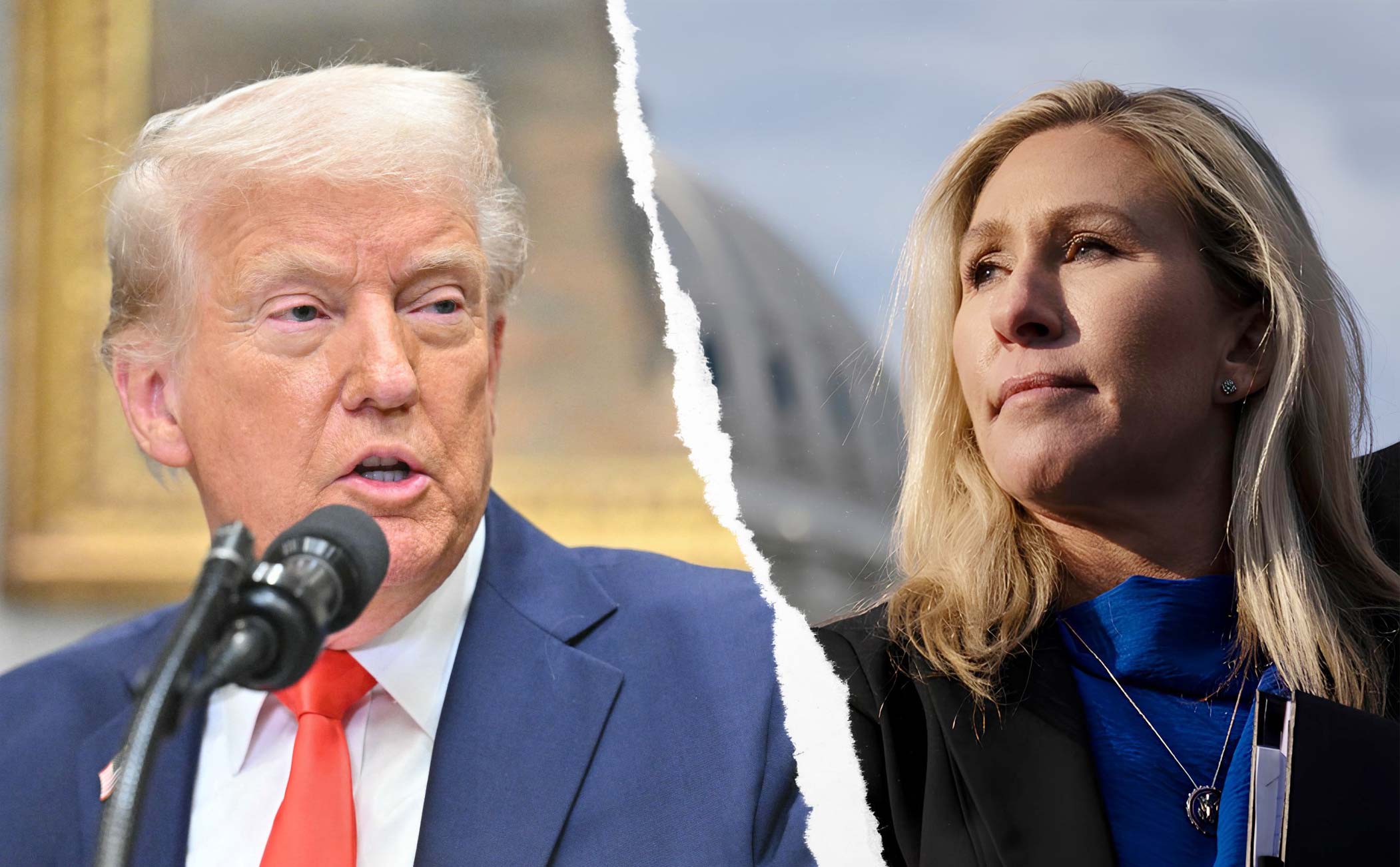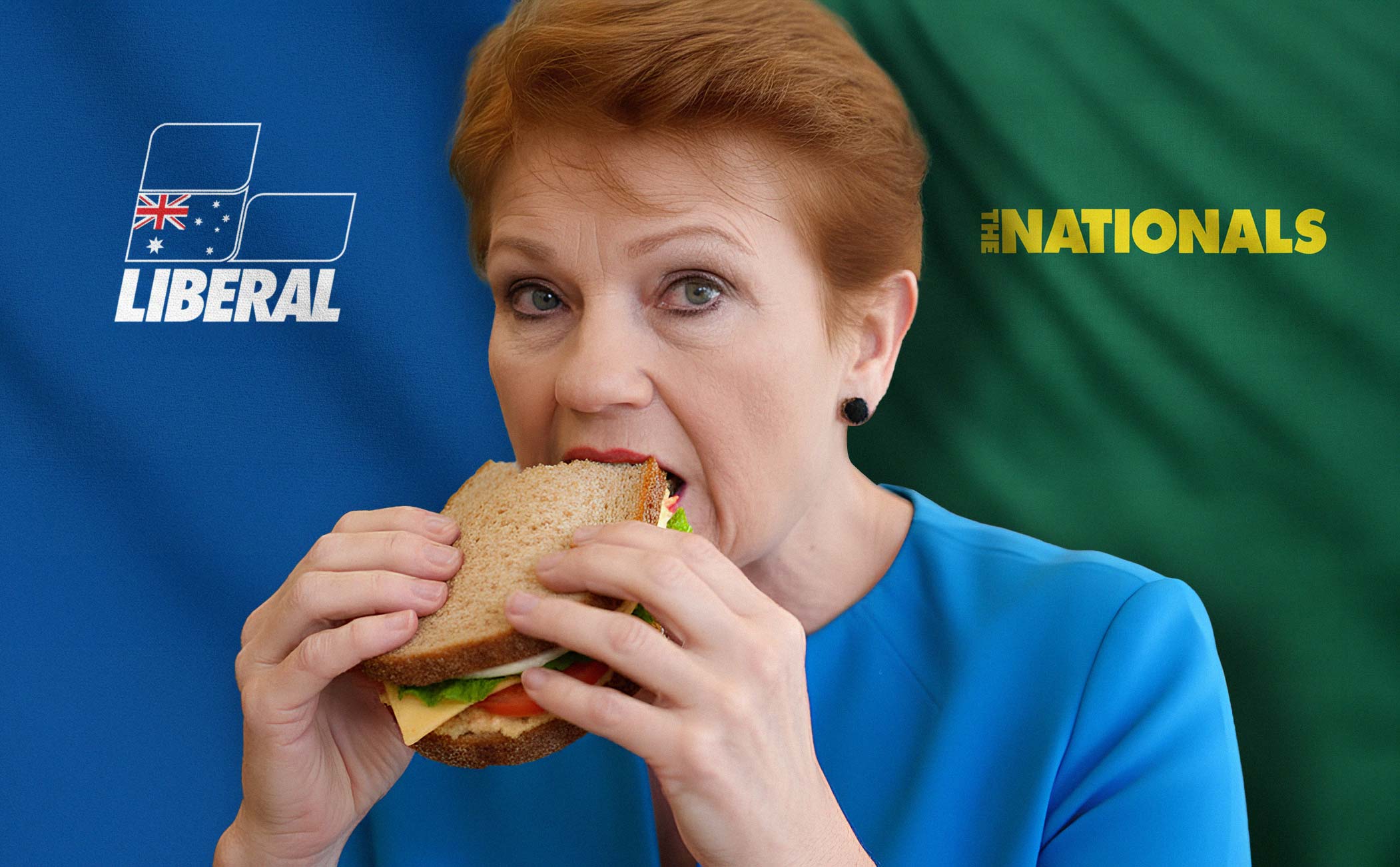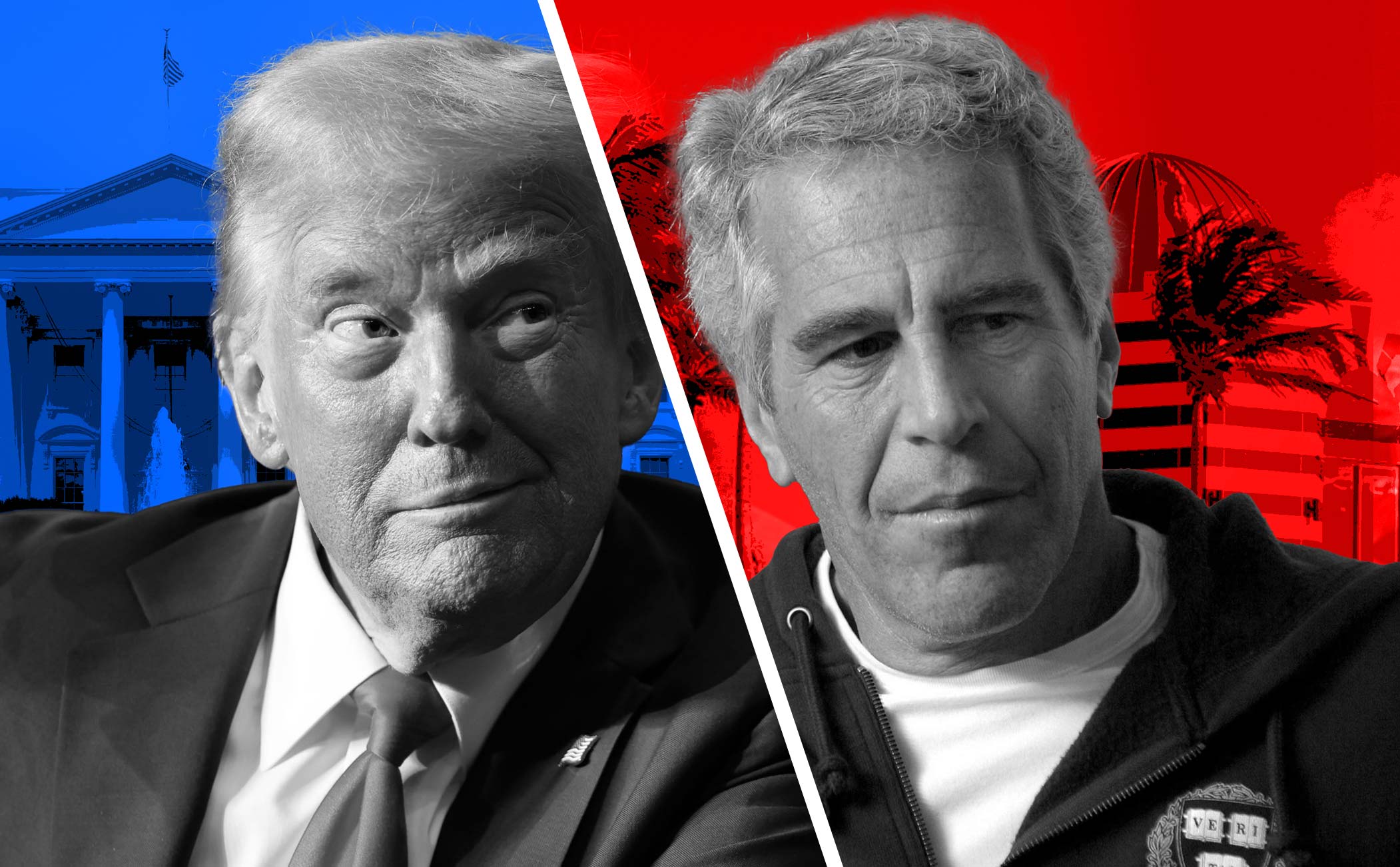With a new wave of sweeping tariffs looming under a potential second Trump presidency, economists are warning of severe consequences, not only for the United States but for the global economy as a whole. Market analysts and trade experts describe the plan as a politically charged move that may backfire, hurting American households, fracturing global supply chains, and undermining US influence on the world stage.
America First, Economy Second?
The Trump campaign’s promise to impose a 10% universal tariff on all imports and a 60% tariff on goods from China has drawn widespread concern. According to a Tax Foundation report, these tariffs could cost American families an average of USD $1,183 (approx. AUD $1,790) in 2025, rising to USD $1,445 (AUD $2,190) by 2026.
“The tariffs act as a tax on consumers, plain and simple,” said Erica York, senior economist at the Tax Foundation. “They’re not paid by China or Europe, they’re paid at the US border by importers, who pass the costs on to businesses and consumers.”
This mirrors the impact of the first Trump-era trade war between 2018 and 2020, during which the Peterson Institute for International Economics found the tariffs led to a reduction in U.S. manufacturing output, increased consumer prices, and no measurable improvement in trade balances.
Global Repercussions
The international response to Trump’s tariff threats has been swift and sharp. A report by the DevelopmentAid network warns that such broad tariffs risk destabilising already fragile supply chains still recovering from the pandemic and the war in Ukraine.
China, the European Union, and other trading partners are preparing retaliatory measures. European Trade Commissioner Valdis Dombrovskis recently told the Financial Times that “if the U.S. pursues another round of arbitrary tariffs, Europe will not stand by idly.” A coordinated response could quickly spiral into a new global trade war.
The Biden administration, while opposing Trump’s plan, had already maintained some of the former president’s tariffs, raising concern that protectionist policies are becoming embedded in American economic strategy.
Pain at the Checkout
Despite political claims that tariffs protect jobs, research indicates that the opposite may be true. A 2023 study by the Brookings Institution found that Trump’s earlier tariffs led to net job losses in manufacturing, particularly in smaller firms that couldn’t absorb the higher costs of imported components.
As a result, many American consumers may soon be paying more for everyday goods, ranging from electronics to clothing and groceries. For Australians watching the global economy, this is more than just a US story.
“If the U.S. sneezes, Australia catches a cold,” said Dr. Jane Gilmore, an international trade specialist at the University of Sydney. “Higher tariffs could cause inflationary pressure globally and reduce demand for Australian exports, especially in agriculture and minerals.”
Investor Anxiety
Markets have reacted nervously to renewed trade rhetoric. According to Business Insider, Wall Street strategists warn that large-scale tariffs could cut GDP growth by up to 1.8 percentage points by 2026, with some sectors experiencing deeper contractions.
“Markets hate uncertainty,” said JPMorgan analyst Sarah Li. “Trade wars are unpredictable by nature, and businesses delay investment when they don’t know what the rules will be next quarter.”
A Blow to U.S. Credibility
Beyond economics, the return of Trump’s tariff strategy threatens to unravel decades of diplomatic effort to maintain open and rules-based international trade. Countries in the Indo-Pacific region, Australia included, have spent years cultivating trade ties amid the growing US-China rivalry.
A 2025 analysis by Harvard Business Review highlights the geopolitical risks: “A sudden spike in U.S. tariffs sends a message that American policy is increasingly unilateral, undermining trust with both allies and adversaries.”
For Australia, whose largest trading partner is China but whose strategic alignment remains with the United States, this creates a tightrope walk with potentially serious consequences.
Conclusion: A Price Too High?
Trump’s proposed tariffs are politically popular among segments of the US electorate, but the economic evidence suggests they may do more harm than good. Consumers bear the brunt, manufacturers struggle with higher costs, and global supply chains falter under the pressure of retaliatory trade measures.
As the world waits to see whether “Trump 2.0” becomes a reality in November, Australian analysts and exporters are bracing for impact.
“The risk is not just economic, it’s strategic,” Dr. Gilmore concluded. “Australia must prepare for a future where US-led trade instability becomes the norm rather than the exception.”








